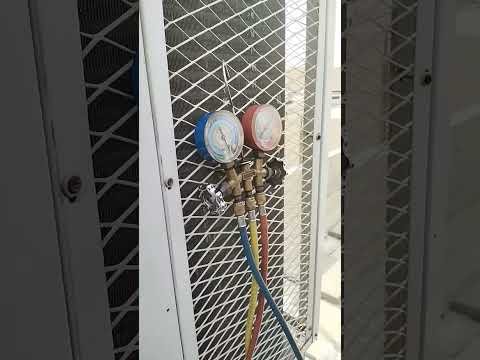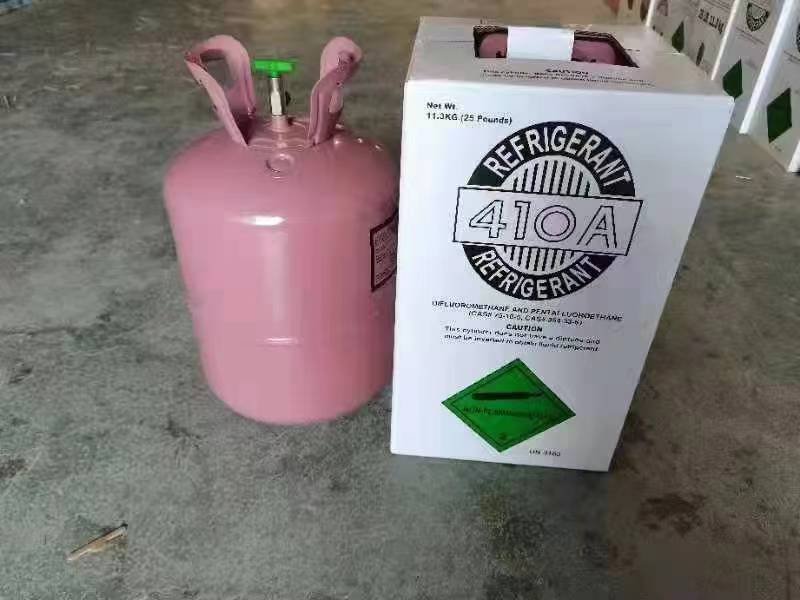No products in the cart.
Other Info
What You Need to Know About the R-410A Phase Out Legacy Cooling, Heating, Plumbing & Electrical
This refrigerant replaces R-502 in new and existing refrigeration equipment. This refrigerant is highly flammable and not an acceptable alternative for your residential AC system. In some cases, it may also contain small amounts of other hydrocarbons or a pine-scented odorant. A few modifications need to be made to the system under optimal operation and can reduce direct refrigerant emissions. It’s non-flammable, non-corrosive, and non-explosive and has toxicity within limits and good chemical r410a refrigerant stability. Environmental Protection Agency, which includes a host of high GWP refrigerants such as R410A and R134A.
As part of this stage, R410-a refrigerant will be phased out in new HVAC systems. The HVAC industry is continuously evolving to meet changes in technology, regulations and environmental impact. One of those major changes is the R410-a phase out, and the adoption of new refrigerant standards in 2023. Public transportation runs air conditioners (AC) throughout the day to maintain a comfortable environment, which makes selecting a dependable refrigerant critical. Beyond providing cooling capacity for passenger comfort, bus and rail AC run continuously to maintain lower humidity levels to prevent mold and mildew growth. In addition to meeting these needs, the ideal refrigerant must also be nonflammable to ensure passenger safety.

As governments around the world tighten restrictions on high-GWP refrigerants, HVAC manufacturers and users alike are seeking new solutions that are both effective and sustainable. ODS are generally very stable in the troposphere and only degrade under intense ultraviolet light in the stratosphere. When they break down, they release chlorine or bromine atoms, which then deplete ozone.). Many refrigerants cause extreme damage to the ozone layer, while there are other types that are potent greenhouse gases. As of 2020, new regulations limit the types of refrigerants that can be used in chillers. R410A’s low glide makes it suitable for some centrifugal compressors and operates in low-temperature applications.

Also, just like before it is illegal to vent or knowingly release R-410A into the atmosphere. If you need to evacuate the charge then you will need a recovery machine along with a recovery cylinder that are both rated to handle the pressures of R-410A. R-410A, also known as Puron, is arguably becoming one of the most popular refrigerants in the world. It rose to prominence here in the United States in the year 2010 when it’s predecessor, the HCFC R-22, was banned due to the Chlorine that it contained.
It has been developed to replace R-22 as it slowly becomes depleted from the atmosphere. It is more efficient than the older R-22 refrigerant, which means that it can provide better cooling at lower temperatures. On top of the environmental friendliness, systems using R-410A work under higher pressure and consume less energy compared to the Freon ones. In other words, Puron has a high SEER rating and consumes less energy while delivering efficient cooling. However, it is prudent to note that even though different governments phased out R-22, some people might still be using it. If you find an HVAC system manufactured before 2010, it’s probably using the Freon refrigerant.


